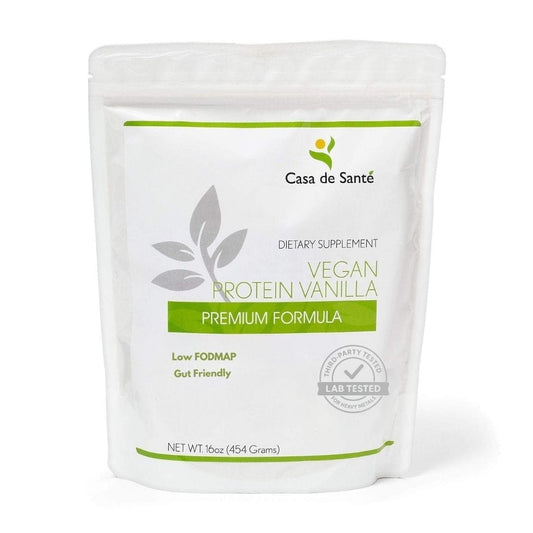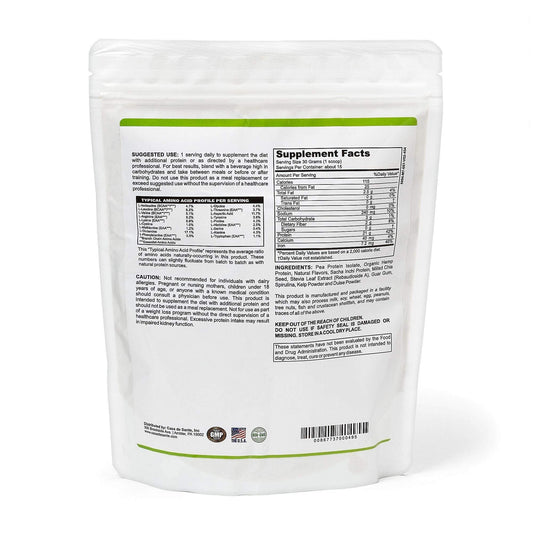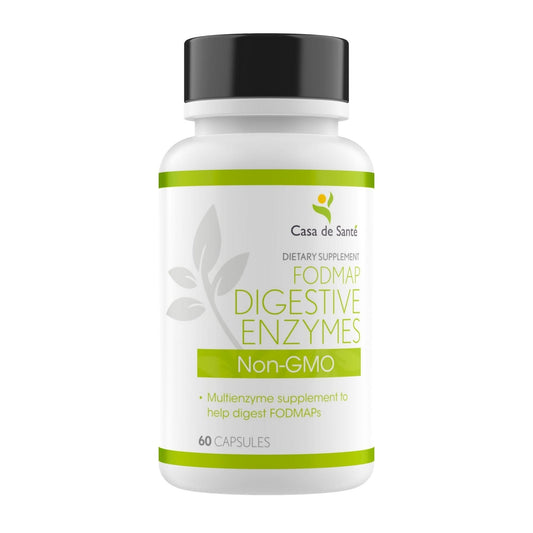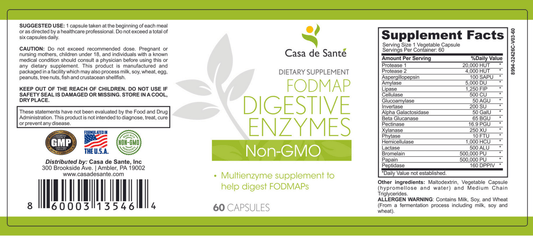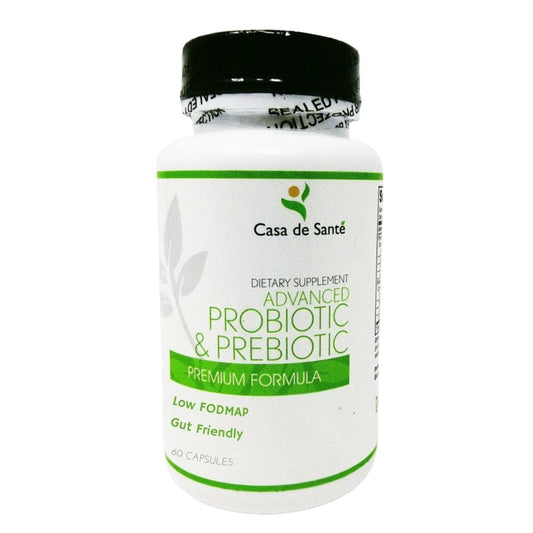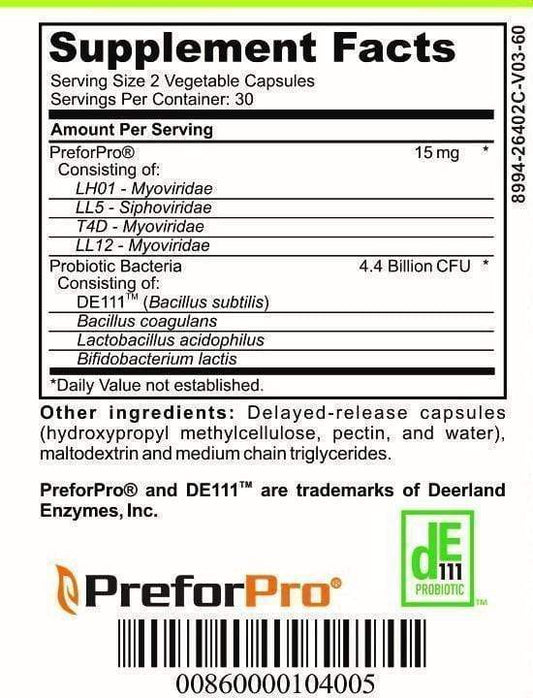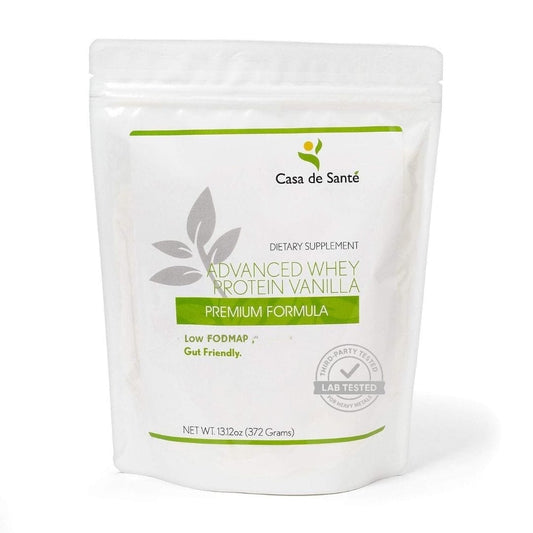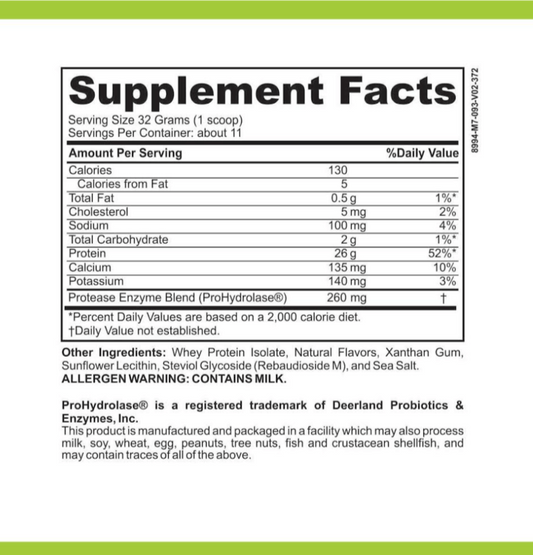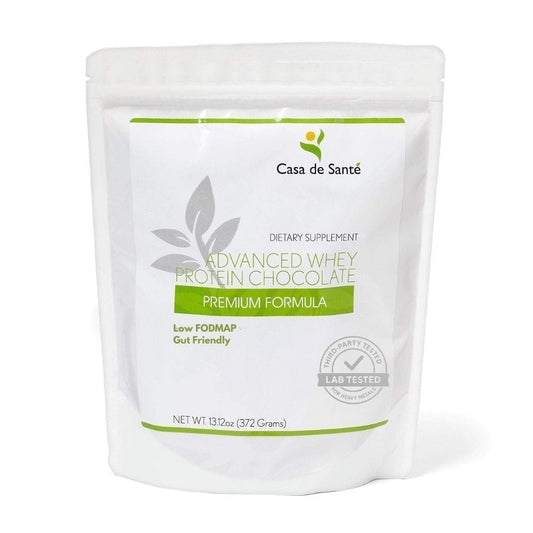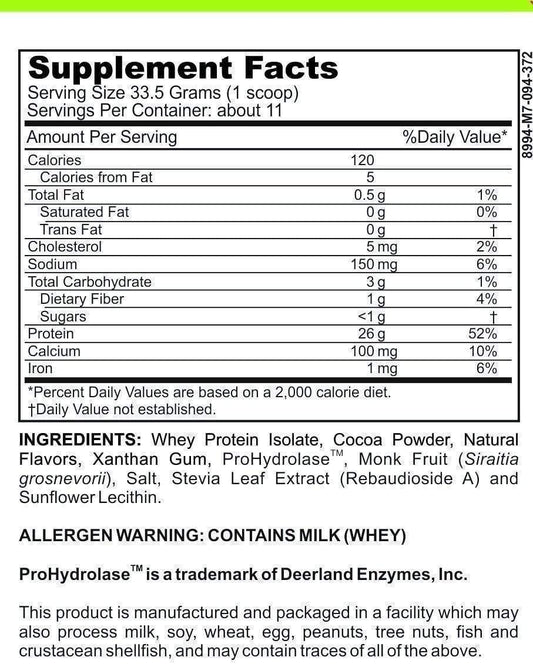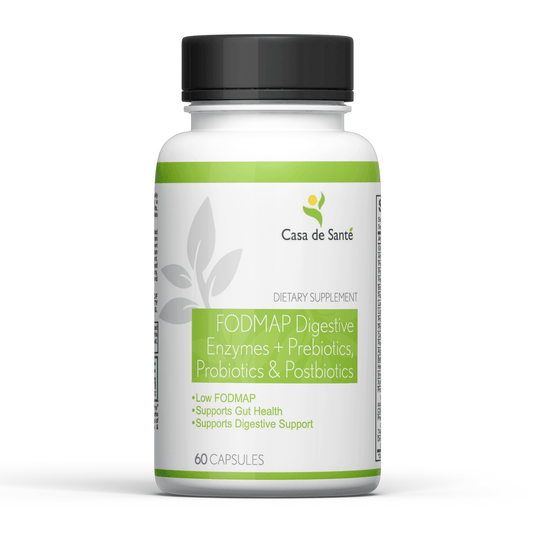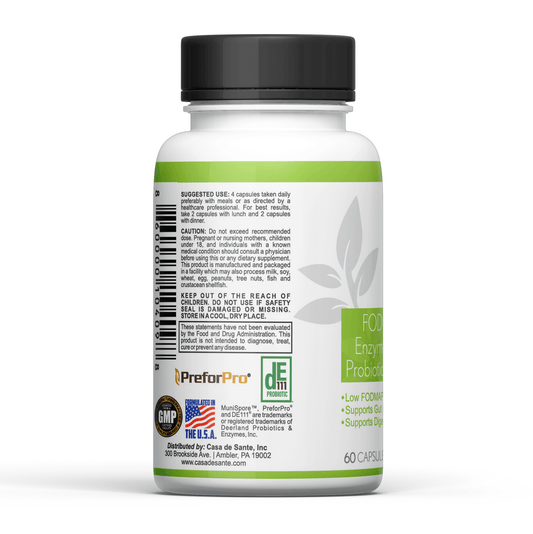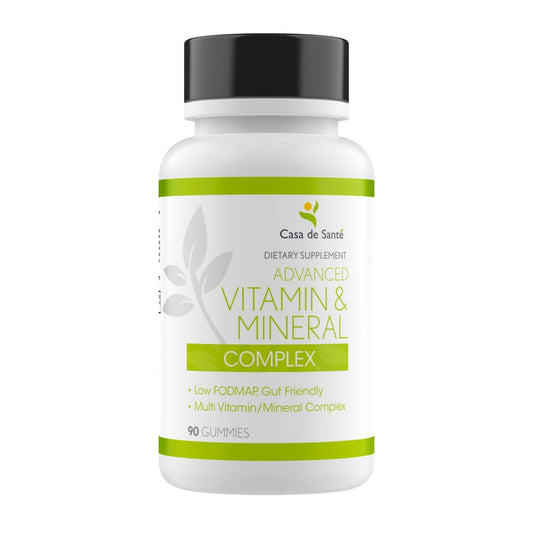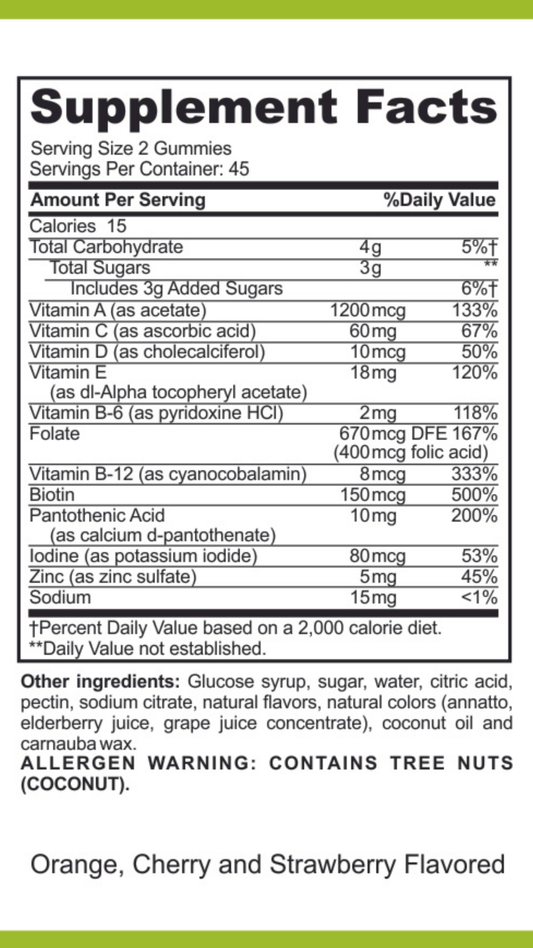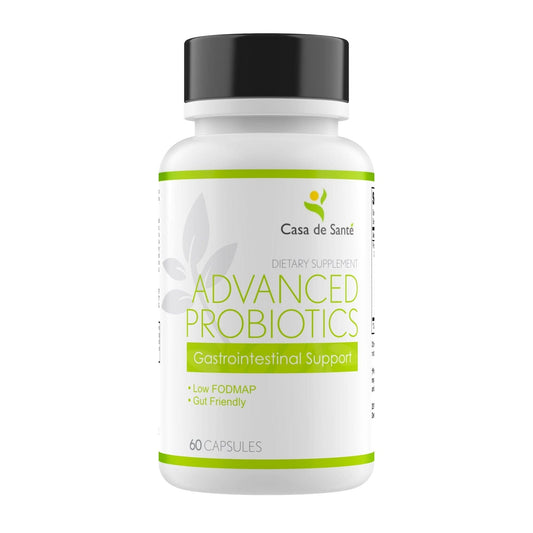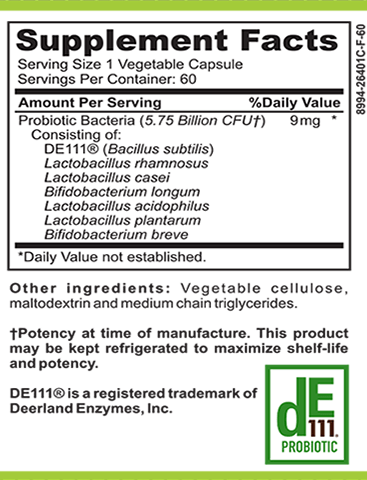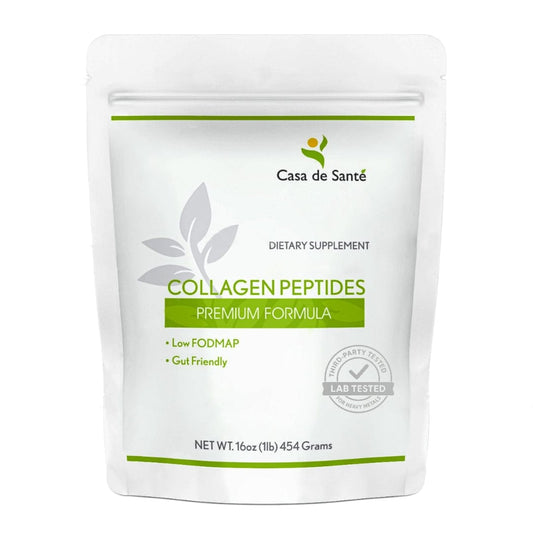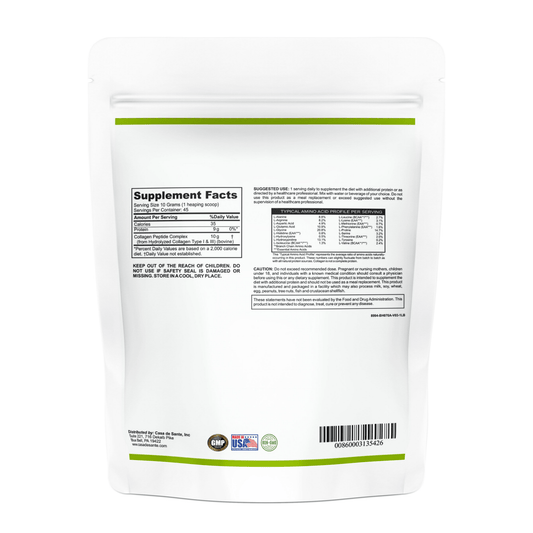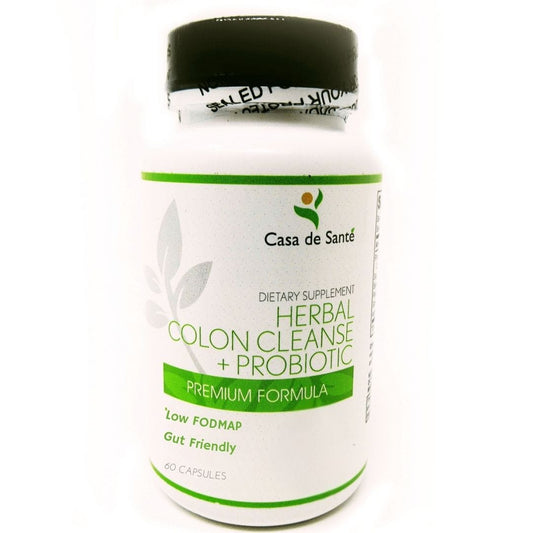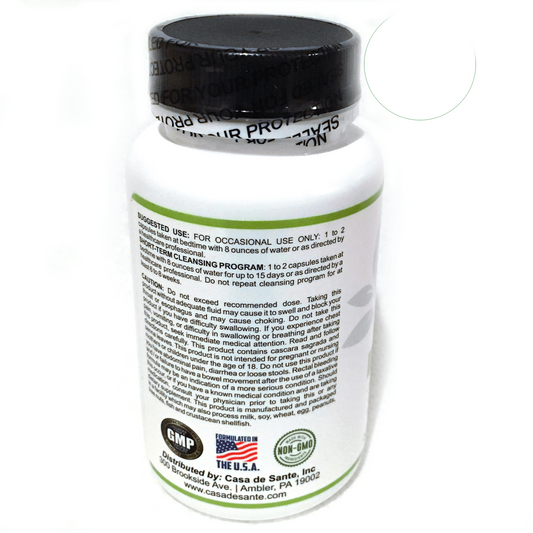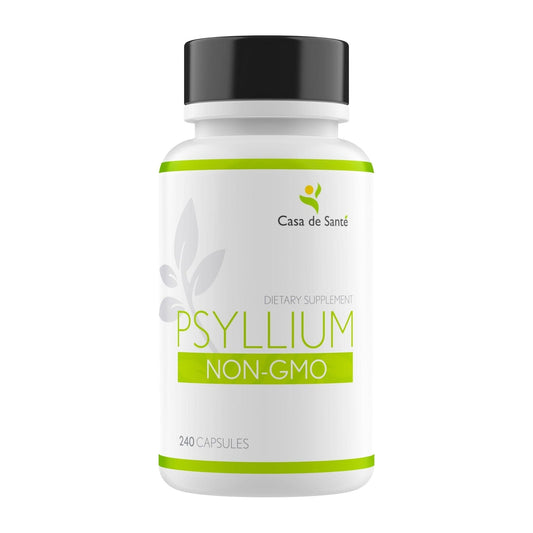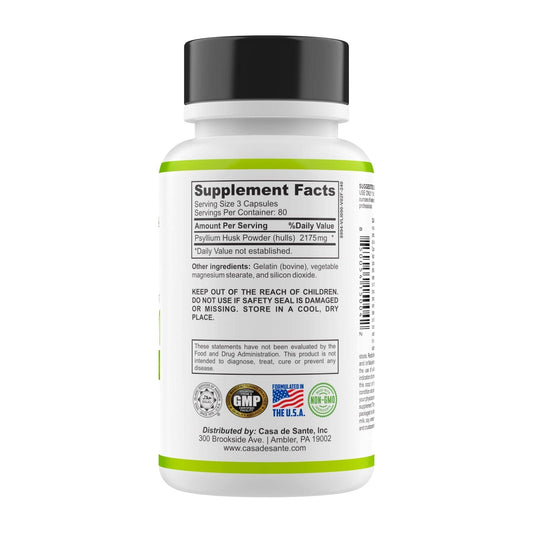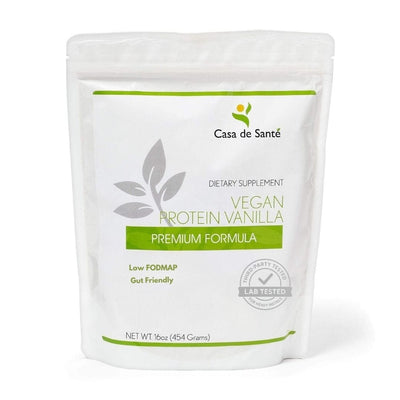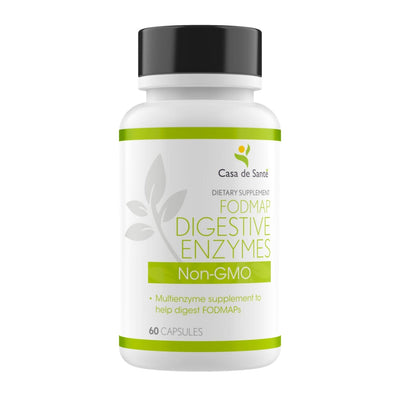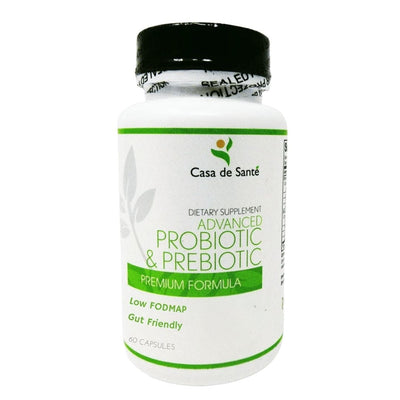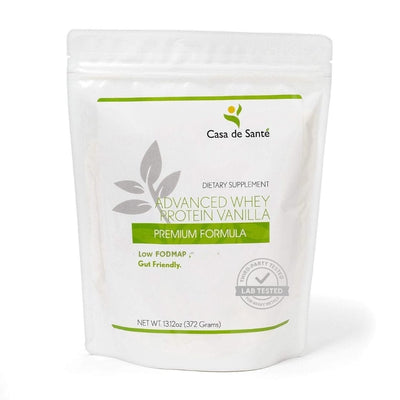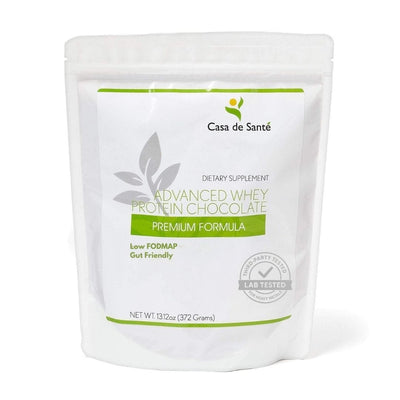Understanding POTS: The Role of Salt in Symptom Management
If you’ve recently been diagnosed with Postural Orthostatic Tachycardia Syndrome (POTS), you might be wondering how to manage your symptoms effectively. One common recommendation is to increase your salt intake. But why is salt so important for POTS patients? In this article, we’ll explore the role of salt in managing POTS symptoms and how to incorporate it safely into your diet.
Key Takeaways
- Increasing salt intake can help improve blood volume and circulation for POTS patients.
- Consult with your healthcare provider to find the right sodium amount for your needs.
- High-quality, mineral-rich salts can provide essential nutrients that regular table salt lacks.
- Monitoring your sodium intake is crucial to avoid potential health risks.
- Electrolytes play a key role in hydration and overall symptom management for POTS.
Manage Your POTS Symptoms with Proper Salt Intake
Incorporating the right amount of salt can really change how you deal with POTS symptoms. It's all about understanding how sodium and POTS are connected. It lets you be more active in managing your own health. I've found that when I pay attention to my salt intake, I feel a lot more in control.
Work With Your Healthcare Team
Everyone's body is different, so what works for one person might not work for another. That's why it's super important to talk to your doctor or healthcare team to figure out the right amount of sodium for you. They can help you create a plan that fits your specific needs and monitor how your body responds to the changes. It's a team effort, really.
Learn More About POTS
Want to know more about dealing with POTS? There are tons of resources out there with the latest info, news, and tips. The more you understand about POTS, the better equipped you'll be to manage it. Knowledge is power, as they say!
Incorporate Salt Mindfully
It's important to remember that while salt can be a big help, you need to be smart about how you use it. Don't just start dumping salt into everything without thinking. It's all about finding the right balance and listening to your body.
It's a good idea to keep a journal of your symptoms and salt intake. This can help you and your doctor see what's working and what's not. Small changes can make a big difference, but it's all about being mindful and paying attention to how you feel.
Why Do POTS Patients Need More Salt?
If you've got POTS, you're probably familiar with the annoying symptoms like dizziness and a racing heart when you stand up. These symptoms often happen because of low blood pressure, and that's where salt comes in. Let's get into why people with POTS often need more salt than others.
The Role of High-Quality Salt in POTS Management
So, why is salt so important? It helps your body hold onto water. High-quality salt, especially sea salt that's full of minerals, is better at this than regular table salt. This extra water retention is super important for POTS patients because it increases blood volume. More blood volume helps keep your blood pressure up when you change positions, which means less dizziness and more energy throughout the day. It's not a cure-all, but it can make a big difference.
Understanding Blood Pressure and Salt
Salt is key in helping your body hold onto water, which then increases blood volume. For POTS patients, this extra fluid helps keep blood pressure stable, especially when standing. Think of it like this: your blood vessels need enough fluid to keep the pressure up. When you don't have enough fluid, your blood pressure drops, and you feel dizzy. Salt helps manage POTS symptoms by keeping that fluid level where it needs to be.
Fluid Retention and Its Benefits
More fluid retention can really help:
- Maintain blood pressure
- Reduce the workload on your heart
- Improve blood flow to your brain and other organs
The result? You feel more stable, energized, and less likely to experience those dreaded POTS symptoms. It's all about keeping your blood volume up so your body can function properly. It's not a magic bullet, but it's a big piece of the puzzle.
How Much Salt Should POTS Patients Consume?

Finding the right amount of salt is super important when you're dealing with POTS. It's not a one-size-fits-all kind of thing, so what works for your neighbor might not work for you. It's all about finding your sweet spot.
Consider a Sodium Supplement
Okay, so you're trying to up your salt intake, but chugging saltwater all day sounds awful, right? That's where sodium supplements come in. Some are even designed specifically for POTS folks. They give you a measured dose, which can be a good starting point. But, and this is a big but, chat with your doctor before you start popping them like candy. They can help you figure out the right amount for your specific needs.
Daily Sodium Recommendations
So, how much salt are we talking about here? Well, most doctors suggest somewhere between 3,000 to 10,000 mg of sodium each day. That's a pretty big range, I know. It really depends on your body, your symptoms, and what your doctor thinks is best.
Monitoring Your Intake
Okay, you've upped your salt intake. Now what? Keep an eye on things! Track how you're feeling. Are your dizzy spells less frequent? Is your heart still racing when you stand up? Pay attention to these things and jot them down. This info is gold when you talk to your doctor. They can tweak your salt intake based on what's actually happening with your body.
It's like a science experiment, but you're the lab rat! Seriously though, keeping a log of your symptoms and salt intake can make a huge difference in finding the right balance. It's all about listening to your body and working with your healthcare team.
How Do Electrolytes Help in Managing POTS Symptoms?
Electrolytes are super important for keeping the right amount of fluid in your body. For people with POTS, this balance often goes off-kilter, which can lead to feeling dizzy or tired. Let's look at how electrolytes can help manage those pesky POTS symptoms.
Benefits of Electrolytes for POTS Patients
Getting the right balance of electrolytes can really make a difference in managing POTS. They help with a bunch of things:
- Keeping you hydrated.
- Supporting healthy blood pressure.
- Reducing tiredness and weak muscles.
- Helping your brain work better and reducing brain fog.
- Supporting your overall health.
Electrolyte Balance and Hydration
Staying hydrated is key, and electrolytes play a big part in that. When you sweat, you lose both water and electrolytes, so it's not enough to just drink water. You need to replace those essential minerals too. Think of electrolytes as the helpers that pull water into your cells, keeping you properly hydrated. If your electrolytes are out of whack, you might feel even worse, even if you're drinking plenty of water.
Sources of Essential Electrolytes
Okay, so where do you get these magical electrolytes? Here are a few ideas:
- Sports drinks (but watch out for the sugar!).
- Coconut water.
- Electrolyte supplements.
- Certain foods, like bananas (potassium) and leafy greens (magnesium).
It's a good idea to chat with your doctor or a nutritionist about the best way to get your electrolytes. They can help you figure out what's right for your body and your specific needs. Everyone's different, so what works for one person might not work for another.
Incorporating More Salt into Your Diet Safely

Now that you understand the importance of salt for managing POTS symptoms, let's explore practical and safe ways to increase your salt intake. It's not just about grabbing the salt shaker; it's about being mindful and strategic.
Choose the Right Salt
Not all salt is created equal. Opt for high-quality, unrefined sea salt or mineral-rich salt instead of plain table salt. These options contain trace minerals that can provide additional health benefits beyond just sodium. Think of it as a way to get more bang for your buck – you're increasing your sodium intake while also replenishing other essential nutrients.
Dissolve Salt in Drinks
One of the easiest ways to up your salt intake is by dissolving it in your drinks. This is especially helpful if you find it difficult to add enough salt to your food.
- Add a pinch of salt to your water bottle throughout the day.
- Mix salt into electrolyte drinks for a double boost.
- Experiment with adding a small amount of salt to juices or even smoothies (you might be surprised!).
Season Mindfully
Get creative with how you season your food. Don't be afraid to generously salt your meals, but do it thoughtfully. Taste as you go, and adjust accordingly.
- Keep a salt shaker handy at the table.
- Use salt to enhance the flavor of snacks like popcorn or nuts.
- Consider using flavored salts, like garlic salt or smoked salt, for added variety. You can also check out high-quality, mineral-rich salts for more options.
It's important to remember that increasing your salt intake should be done gradually and in consultation with your healthcare provider. Everyone's needs are different, and what works for one person may not work for another. Pay attention to how your body responds, and adjust your intake accordingly.
Potential Risks of Excessive Salt Intake
While high-quality salt can really help manage POTS, it's important to be careful. Too much of anything can cause problems, and salt is no exception. It's all about finding that sweet spot where you're getting the benefits without overdoing it. I know it's a balancing act, but it's worth paying attention to.
Understanding the Risks
Excessive sodium intake can lead to several health issues, even in people without pre-existing conditions. For those with POTS, it's especially important to be aware of the potential downsides. While we're trying to manage one set of symptoms, we don't want to create new ones! It's a bit of a tightrope walk, but being informed is the first step.
Signs of Too Much Sodium
So, how do you know if you're overdoing it with the salt? Here are a few things to watch out for:
- Increased thirst (even more than usual)
- Swelling in your hands, feet, or ankles
- High blood pressure
- Headaches
- Feeling bloated or uncomfortable
If you notice any of these signs, it might be time to cut back a little and see if things improve. It's all about listening to your body and adjusting as needed. Remember, lifestyle changes are key.
Consulting Your Healthcare Provider
It's always a good idea to talk to your doctor or a registered dietitian before making big changes to your salt intake. They can help you figure out the right amount for your specific needs and monitor you for any potential side effects. They can also help you find salt supplements designed for POTS patients if needed.
Think of it this way: your healthcare provider is like your co-pilot on this POTS journey. They can help you navigate the ups and downs and make sure you're staying on course. Don't be afraid to reach out and ask for guidance – they're there to help!
Wrapping It Up: The Salt Connection in POTS Management
In conclusion, salt can be a real game-changer for those dealing with POTS. It helps boost blood volume and can ease some of those frustrating symptoms. But remember, it’s not a one-size-fits-all solution. Always check in with your doctor before making any big changes to your diet. They can help you figure out the right amount of salt for your needs. With the right approach to salt intake, along with staying hydrated and following other management tips, you can take steps toward feeling better. So, don’t hesitate to explore how salt can fit into your routine and improve your quality of life.
Frequently Asked Questions
What is POTS?
POTS stands for Postural Orthostatic Tachycardia Syndrome. It is a condition that affects blood flow and can cause symptoms like dizziness, fast heartbeat, and fatigue when standing up.
Why do people with POTS need more salt?
People with POTS often have low blood volume, and salt helps the body hold onto water. This can improve blood flow and reduce symptoms.
How much salt should I eat if I have POTS?
Most doctors recommend POTS patients consume between 3,000 to 10,000 mg of sodium each day, but it’s important to talk to your doctor about what’s right for you.
Can I just take salt tablets instead of adding salt to my food?
Yes, salt tablets can be a convenient way to increase sodium intake, but you should check with your healthcare provider to find the best option for you.
What are electrolytes, and how do they help with POTS?
Electrolytes are minerals that help balance fluids in the body. For POTS patients, having the right balance of electrolytes can help reduce symptoms like dizziness and fatigue.
Are there any risks to eating too much salt?
Yes, consuming too much salt can lead to high blood pressure and other health issues. It’s important to monitor your salt intake and consult your healthcare provider.

